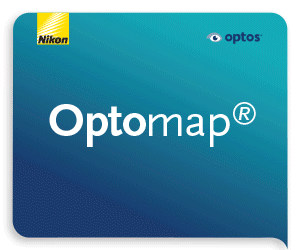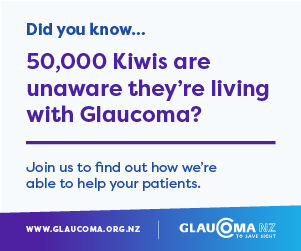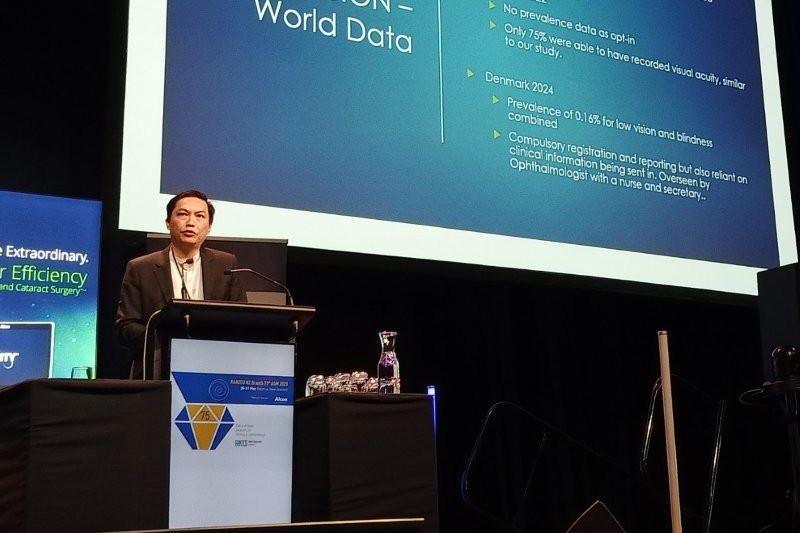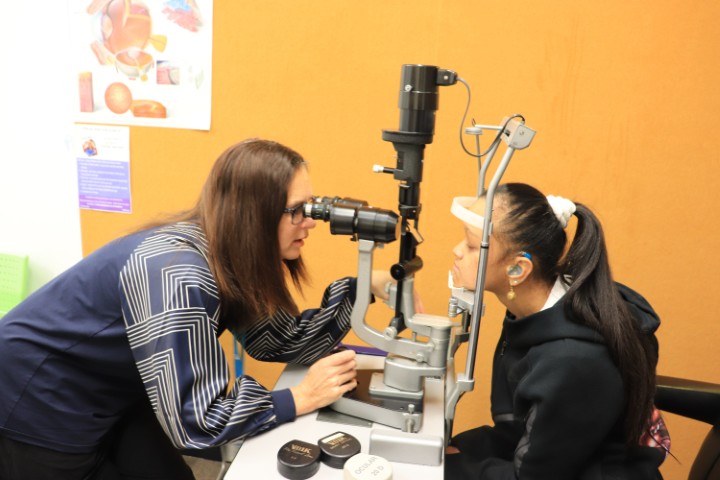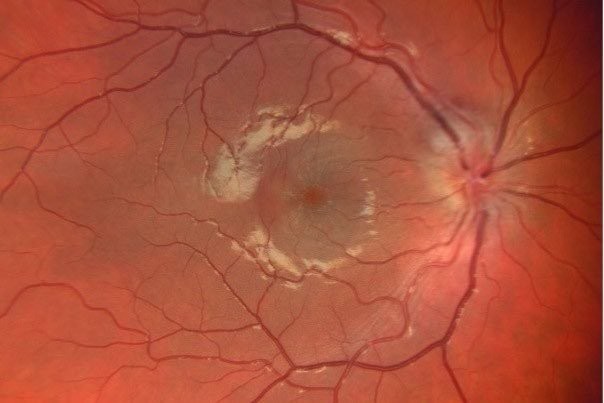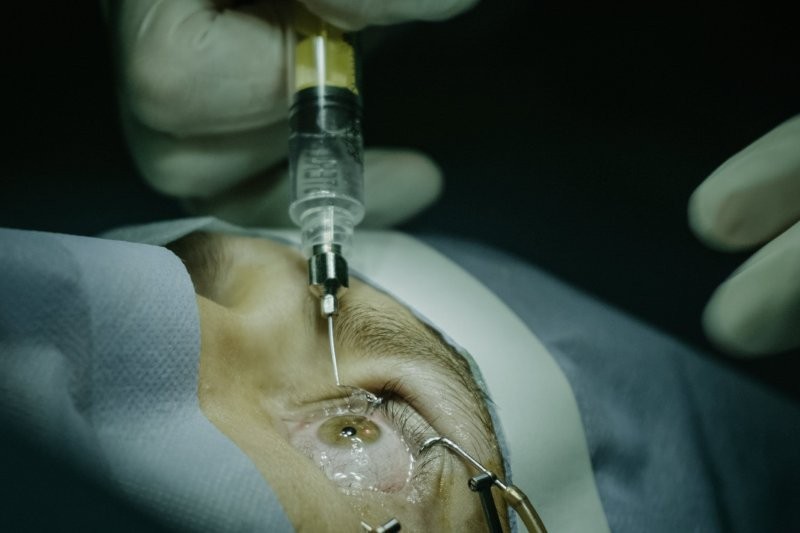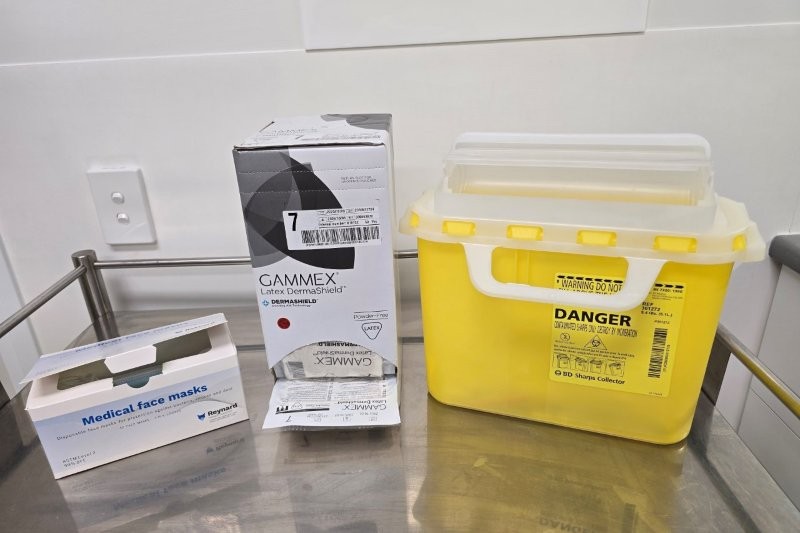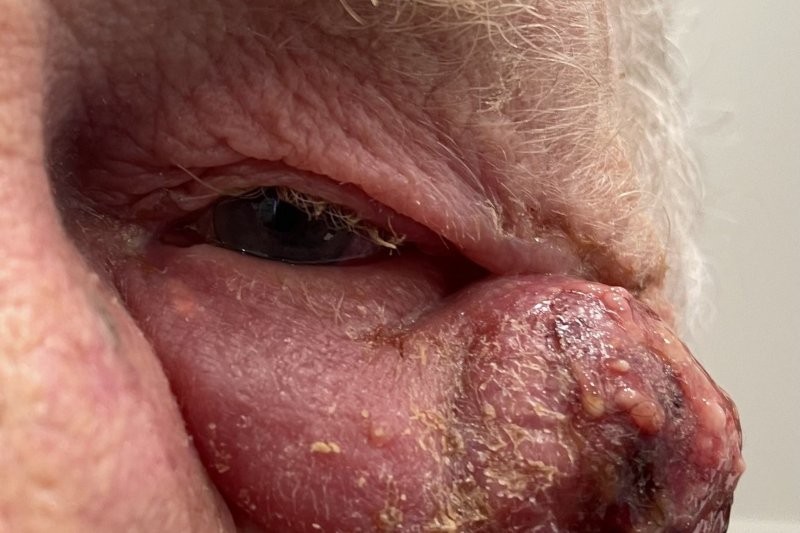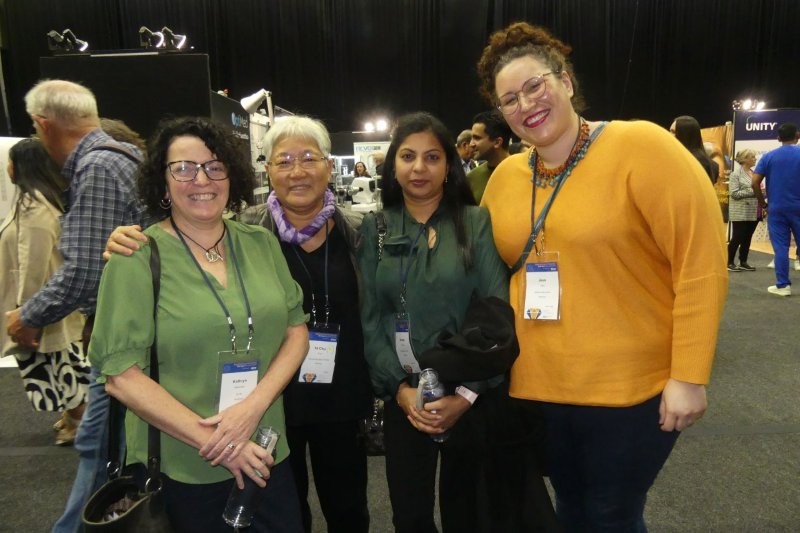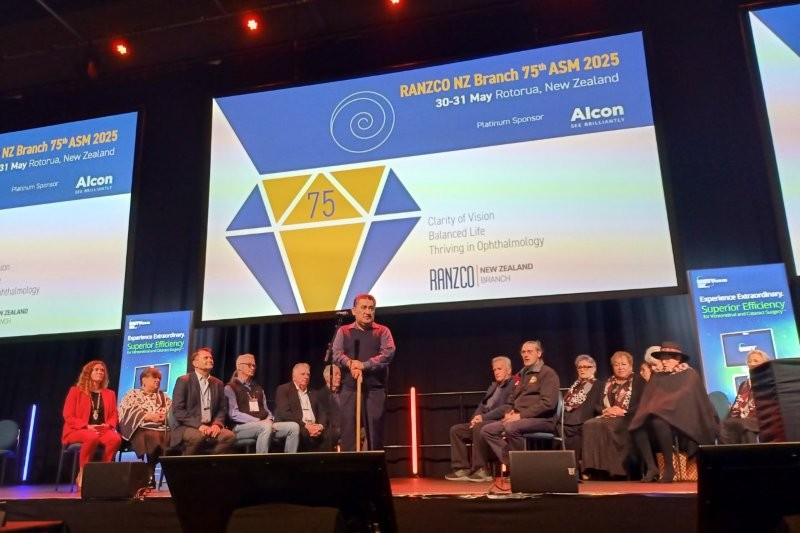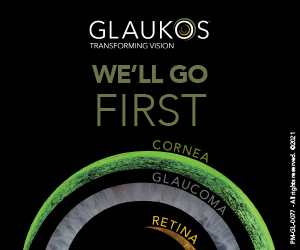Childhood visual impairment falls
The prevalence of childhood blindness in Aotearoa has fallen from 0.05% in 2012 to 0.01% in 2024 and low vision from 0.06% to 0.03%, according to a new study led by Dr Cheefoong Chong.
Unveiling initial findings at the 2025 RANZCO NZ meeting in Rotorua, Dr Chong said the study repeated a 2012 study by himself, Professor Shuan Dai and Dr Sam Simkin using the Blind and Low Vision Education Network New Zealand (BLENNZ) database. The 2012 study was the first national study of its kind, so it was important to see if there had been any changes given the adjustments in care for children with visual impairment, both medical and educational, over the past decade, he said.
Like the 2012 study, the 2024 study included all children enrolled with BLENNZ with best-corrected visual acuity of ≤6/18 or binocular visual field <10°. Severity of visual loss was categorised as low vision (≤6/18 to 6/120) or blind (<6/120), as per World Health Organization criteria. In total, 1,317 children were included in the 2024 study (compared with 1,321 in 2012), with 428 classed as low vision (vs. 533 in 2012) and 183 blind (vs. 467). However, 324 had no recorded visual acuity (321 in 2012), though early data indicated 30.8% had cerebral visual impairment and 22.3% had no clear diagnosis, so further research is required to understand this group better, said Dr Chong.
Of those children who were diagnosed, there was an 80% reduction in the number of children blinded by retinopathy of prematurity (ROP) from 30 to six children and an 80% reduction in keratoconus-related low vision and blindness, most likely due to improved screening and crosslinking treatment for keratoconus, said Dr Chong. There was also a 75% reduction in the number of children blind as a result of optic nerve atrophy.
The results are encouraging and compare quite well to overseas data, said Dr Chong, but further research is needed to really understand what’s causing the reductions and to include those children currently without a formal diagnosis.




